Thomas Sanladerer presents a video explaining how to level the bed on your 3D printer.
Read More
Thomas Sanladerer presents a video explaining how to level the bed on your 3D printer.
Read More
Boy, it will be really interesting to see how scientists take this now and apply it in the future.
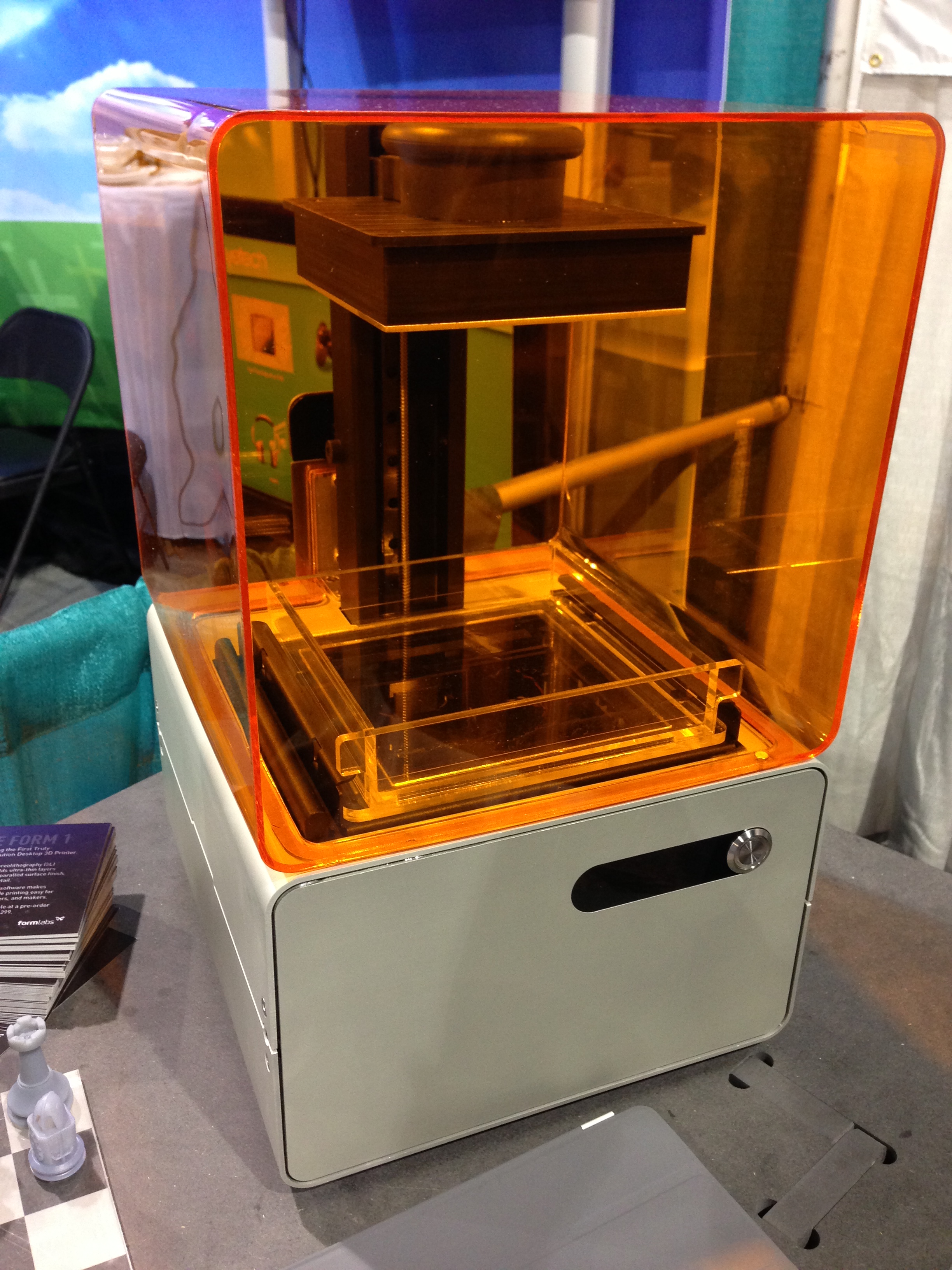
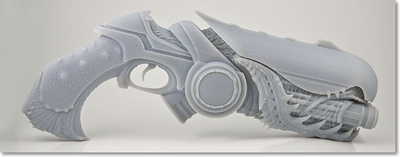 Did you ever wonder where the amazing weapons in the MIB movies come from? They are prototyped using 3D printing by Moddler, a custom 3D printing service based in San Francisco using an Objet Eden 550V.
Did you ever wonder where the amazing weapons in the MIB movies come from? They are prototyped using 3D printing by Moddler, a custom 3D printing service based in San Francisco using an Objet Eden 550V. Moddler from Venturebeat on Vimeo.
 3D Systems Corporation’s ZPrinter 650 is the first ever full-color 3D printer used in a stop-motion animated film, ParaNorman, produced by Portland, Oregon based animation studio LAIKA. Known for integrating innovation with the hand-created artistry of the stop motion technique, LAIKA utilized 3D printing to create over 31,000 individual, color facial parts for production.
3D Systems Corporation’s ZPrinter 650 is the first ever full-color 3D printer used in a stop-motion animated film, ParaNorman, produced by Portland, Oregon based animation studio LAIKA. Known for integrating innovation with the hand-created artistry of the stop motion technique, LAIKA utilized 3D printing to create over 31,000 individual, color facial parts for production. 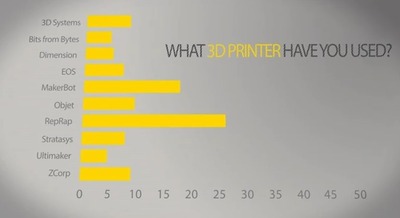 Readers may recall a widespread survey of the 3D printing industry was undertaken a short time ago. While we have already published our highlights of the survey, we'd like you to have another look at them.
Readers may recall a widespread survey of the 3D printing industry was undertaken a short time ago. While we have already published our highlights of the survey, we'd like you to have another look at them. 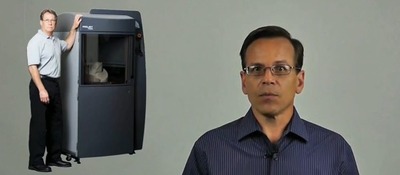 At the SME’s RAPID 2012 conference and exposition, four new 3D printers were announced by Objet, Mcor, envisionTEC and 3D Systems. These systems cover the whole gamut: tiny 3D printers to big parts and parts in full color to parts with advanced materials.
At the SME’s RAPID 2012 conference and exposition, four new 3D printers were announced by Objet, Mcor, envisionTEC and 3D Systems. These systems cover the whole gamut: tiny 3D printers to big parts and parts in full color to parts with advanced materials.
View the Video at Engineering.com
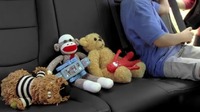 We know that 3D printing was used extensively or partially in the production of several recent movies, including Iron Man and Coraline. But did you know that 3D printing was employed to assist the development of some of this year's Super Bowl advertisements?
We know that 3D printing was used extensively or partially in the production of several recent movies, including Iron Man and Coraline. But did you know that 3D printing was employed to assist the development of some of this year's Super Bowl advertisements? 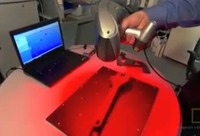 A 3D printing video from National Geographic went viral on the interwebs last week and quickly generated some controversy among 3D printing enthusiasts.
A 3D printing video from National Geographic went viral on the interwebs last week and quickly generated some controversy among 3D printing enthusiasts.  Nokia Cellscope: a very simple combination of a Nokia phone and a microscope, capable of seeing very small things at low cost. The idea is to enable those in third world countries to perform basic microscopy - and then instantly transmit results for expert analysis elsewhere.
Nokia Cellscope: a very simple combination of a Nokia phone and a microscope, capable of seeing very small things at low cost. The idea is to enable those in third world countries to perform basic microscopy - and then instantly transmit results for expert analysis elsewhere. 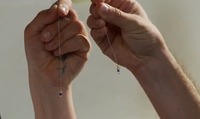 To celebrate the development of the Cellscope, Nokia engaged Aardman to produce the "world's smallest stop motion video" using the Cellscope itself. Aardman's problem was making the very tiny stop motion characters, and they turned to UK-based IPF to produce the extremely tiny figurines that appear in the video. As you can see above, the figurines are incredibly small, only 9mm tall. Some fifty were made for the shoot.
To celebrate the development of the Cellscope, Nokia engaged Aardman to produce the "world's smallest stop motion video" using the Cellscope itself. Aardman's problem was making the very tiny stop motion characters, and they turned to UK-based IPF to produce the extremely tiny figurines that appear in the video. As you can see above, the figurines are incredibly small, only 9mm tall. Some fifty were made for the shoot. 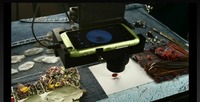 Two dimensional designs were converted into 3D models, which were then printed on IPF's 3D printers. As you'll see in the video, painting these figurines was a very careful process. And that's not all: the tedious stop-motion process yielded only four seconds of video each day.
Two dimensional designs were converted into 3D models, which were then printed on IPF's 3D printers. As you'll see in the video, painting these figurines was a very careful process. And that's not all: the tedious stop-motion process yielded only four seconds of video each day.